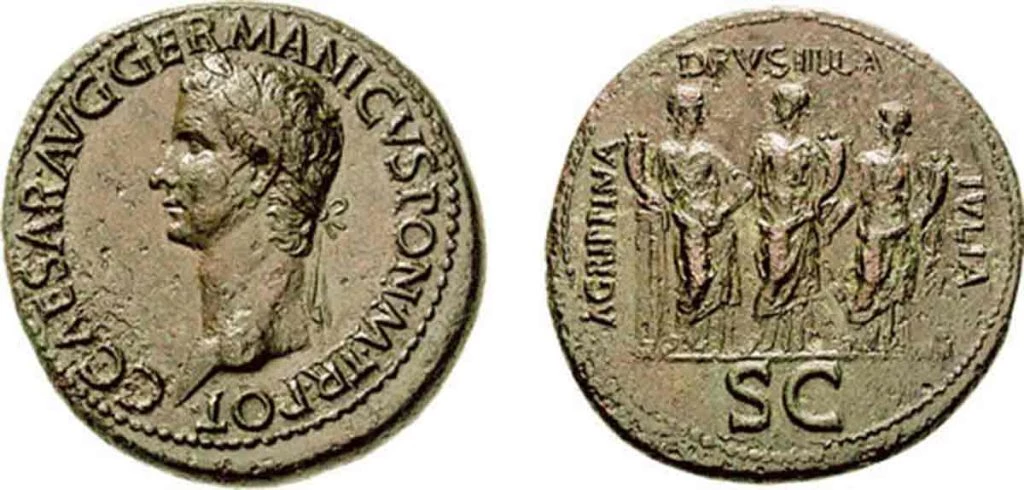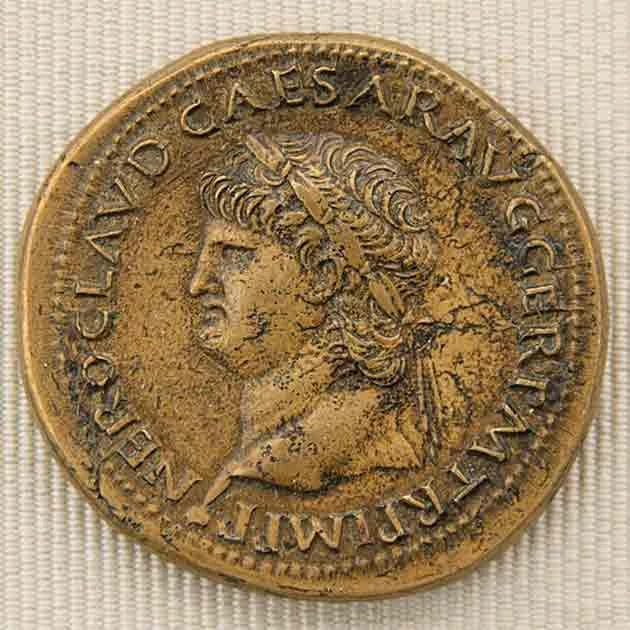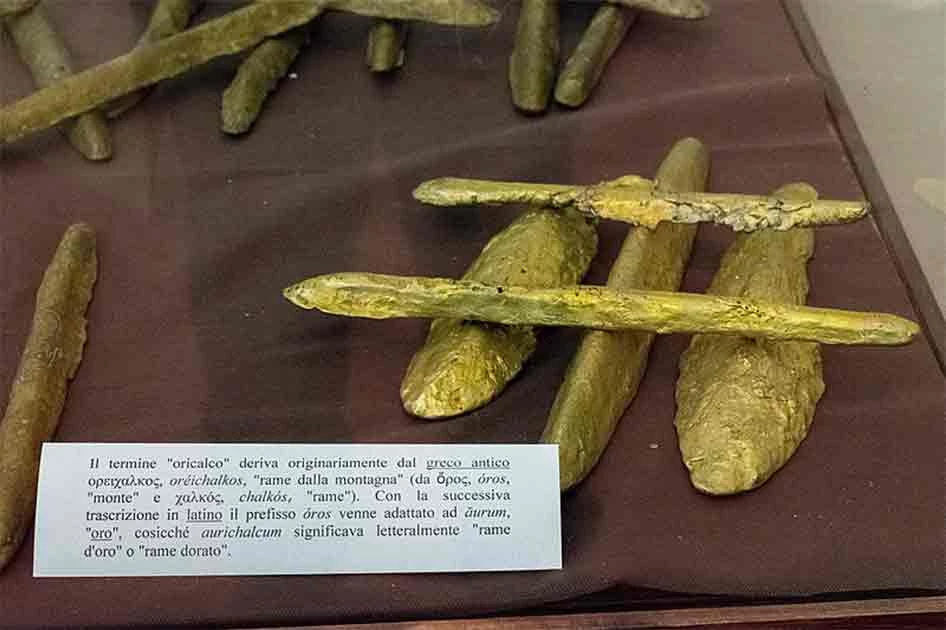Orichalcum was clearly something valuable. It appears in Plato’s dialogues as a prized substance second only to gold. Intricately linked to the mythical city of Atlantis, orichalcum’s mysterious nature has sparked curiosity about its existence and properties for centuries.
Although ancient texts provide glimpses of its significance, the exact composition and practical applications of this fabled metal remain elusive. Was Orichalcum a semi-magical metal mined from the mountains? Or was it just another name for everyday brass?
Happily, this may be a mystery with an answer. A recent haul of dozens of Orichalcum ingots from a shipwreck may hold the solution.
What Was It?
Orichalcum comes from the Greek words oros which means mountain and chalkos which means bronze. Put the two together and you get “mountain copper.”
Problem solved right? Well, unfortunately the Romans would disagree: they saw Orichalcum as something different, calling it aurichalum which came from the Latin word for gold, aurum.
Despite its reputation for being mysterious, we know a surprising amount about Orichalcum, quite a bit of which can be gleaned from this etymology and our modern attempts to marry the two differing roots of the word. It was said that Orichalcum was a metal that looked a lot like gold, hence the Roman name for it. According to Cicero, a Roman orator, in his De Oficiis, the two metals were so like that people often got them mixed up.

Others described it as being the color of fire, either dark yellow or a reddish-yellow. Rather than being an element, Orichalcum was said by some to be a kind of early alloy.
Ancient writers couldn’t seem to come up with an exact composition and no definitive answer has been found. However, modern scientists have estimated that it was made up of around 80% copper, 20% zinc with some other elements such as lead, tin, or even gold thrown in.
- Arsenical Bronze: Deadly Metal of the Bronze Age
- Iron in the Bronze Age: Where did Tutankhamun get his Dagger?
This produced a metal that resembled gold but was far cheaper. The Orichalcum alloy was recorded as being incredibly malleable, stronger than copper, and hard to tarnish. Many modern historians believe that the semi-mythological metal known as Orichalcum was likely therefore to have been an early type of brass, especially during the Roman era.
Both the Greeks and then the Romans used Orichalcum. The earliest references to the metal come from the famous Greek writers Homer (750 BC) and Hesiod (700 BC). They both wrote highly of the metal, adding to its perceived luster and mythical status.
The Romans seem to have discovered the metal much later but made effective use of it. In around 45 BC they began using it to mint coins, especially the sestertius and the dupondius.
The mad emperor Nero seems to have been a fan of the metal and had three more denominations, the semis, quadrans, and as minted in Roman Orichalcum between 54-68 AD. Later emperors like Vespasian, Hadrian and Trajan also had coins minted in the metal.
Over time Orichalcum fell out of favor. Following the reigns of Emperor Antoninus Pius (138-161 AD) and Marcus Aurelius (161- 180 AD) and Commodus (180-192 AD) production seems to have almost ground to a halt.
Archaeological evidence shows that for the most part, orichalcum was only really used by the Romans for coinage and its production was a state monopoly. The few artifacts that have been found that aren’t coins are all very small and it’s believed they were most likely made from melted down coins.
Not all of its uses were legitimate. Orichalcum’s close resemblance to gold meant it was great for fraud. For example, people would steal gold from temples and other public places and then replace it with orichalcum counterfeits.
Even the Roman emperors were guilty of this: Julius Caesar stole 3,000 pounds of gold from the Roman capitol and swapped it out with orichalcum and Emperor Vitellius tended to rob his own temples and do the same.
Making Orichalcum
So how was it made? We don’t really know. So few examples of what we guessed to be “Orichalcum” survive that historians can’t even fully agree what the metal’s composition was, how it was formed, if it was really a bronze alloy, or if it even existed in the way it is described. However, some ancient writers did leave us some clues.

Pliny the Elder reckoned orichalcum was produced when copper was mixed with cadmea (kadmeia in Greek). This cadmea itself was made up of two groups of metals. The first was zinc minerals like smithsonite and calamine and the second was made up of man-made materials scraped off the walls of smelting furnaces.
Later writers expanded on Pliny’s writing. They claimed the metal was made by mixing copper with zinc ore and charcoal. They believed heating would cause the charcoal to reduce the zinc ore and make it form a vapor that was then somehow absorbed by the copper. The Roman writer Dioscorides described something similar.
These writings make it pretty clear that the Greeks and Romans didn’t understand the chemical changes happening during the smelting process. Pliny believed copper magically absorbed the cadmea to produce Orichalcum while Dioscorides seemed to think Orichalcum was just an improved form of copper.
- How did We Invent Currency? Lydia, Wealth, and the First Coins
- What Was Silphium? Lost Wonder Drug of the Romans
So this really leaves one question: how did Orichalcum go from being a copper/zinc alloy to a mythical metal? Well, its earliest descriptions played a role in this transformation.
The Homeric Hymn to Aphrodite details how beautiful the goddess was and how she wore earrings made from orichalcum. Book 12 of the Aeneid by Roman poet Virgil also describes the mythical metal and Aeneas’s enemy, Turnus the king of the Rutuli, wears a white orichalcum breastplate.
The man who really seems to have created Orichalcum’s mythical allure though is Plato. In his Critias he tells the story of how Atlantis was lost and mentions the metal throughout. Plato wrote that the legendary sunken continent was home to many Orichalcum mines and that its buildings, palaces, and temples were adorned with the metal.
He also wrote that Poseidon was the god of Atlantis, and it was he who gave its people their laws. These laws were said to be inscribed by Atlantis’s first kings on a mighty Orichalcum pillar. For many years those looking for Atlantis have hoped finding Orichalcum could lead to its discovery.
An Answer at Last?
In 2015 marine archaeologists found an ancient shipwreck carrying 47 ingots of Orichalcum. 39 more bars were discovered two years later. Analysis of the ingots showed they were made 2,600 years ago and gave the copper-zinc composition we mentioned earlier. It was the biggest Orichalcum haul ever discovered and final, definitive evidence to many that Orichalcum was real.

Except it’s not that simple. From the surviving descriptions it is clear the Orichalcum of legend, the one that the Greeks wrote of, was mined, not made. How can this be the same metal the Romans were making coins from? There seems to be plenty of confusion as to what Orichalcum actually was.
Some modern historians think they’ve come up with the answer. They believe in antiquity there were two types of Orichalcum. The mysterious mythical Orichalcum that the Greeks wrote of, and the copper alloy that the Romans used (and we actually have evidence of).
The Romans didn’t understand the chemistry behind their metallurgy and, typically, simply gave their alloy a mythical name. So we have Roman Orichalcum, but the real deal continues to remain as mysterious as ever.
Top Image: Turnus, King of the Rutuli, falls to Aeneas. King Turnus was said to have a breastplate made of “mythical Orichalcum”. Source: Luca Giordano / Public Domain.